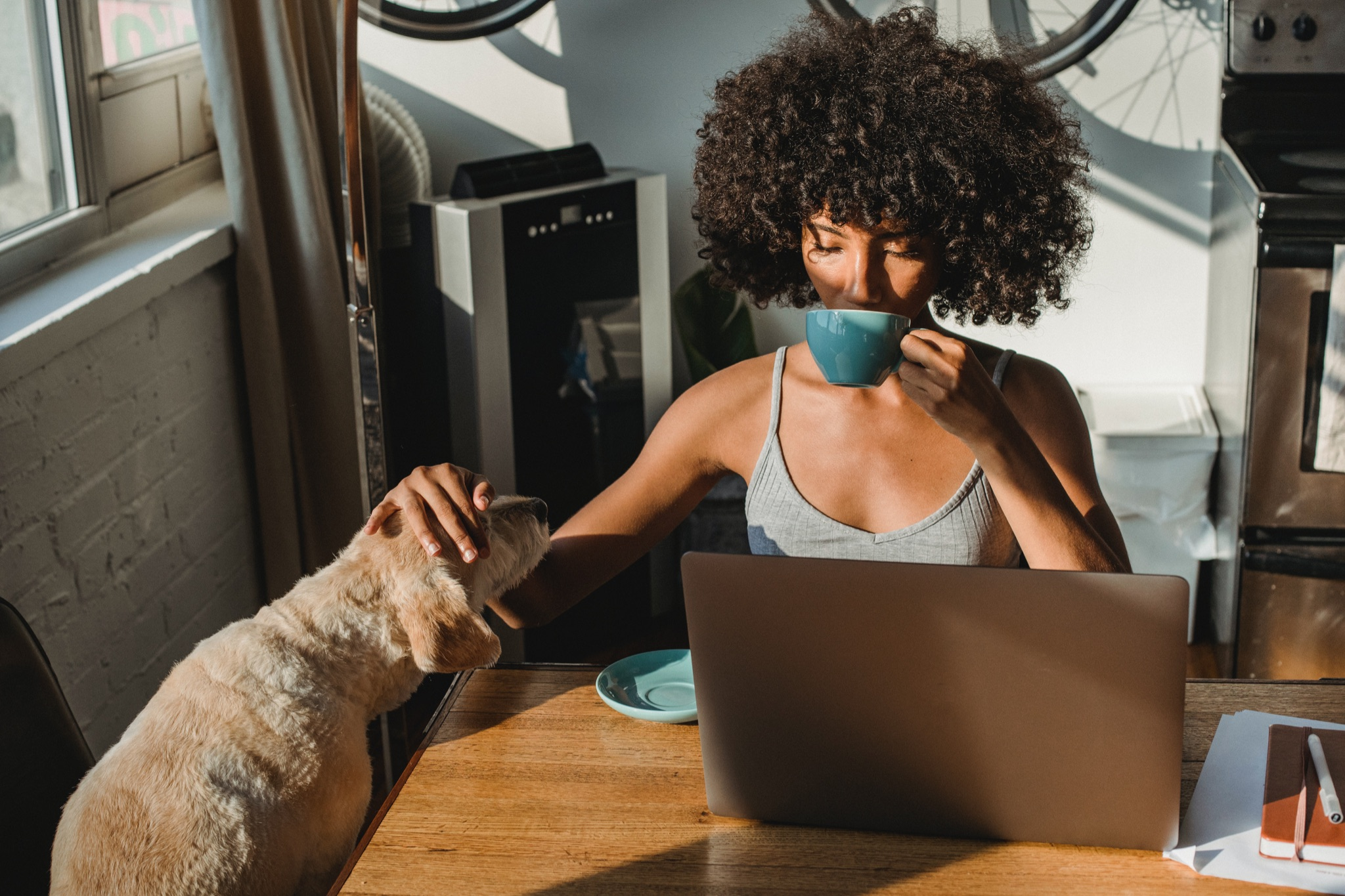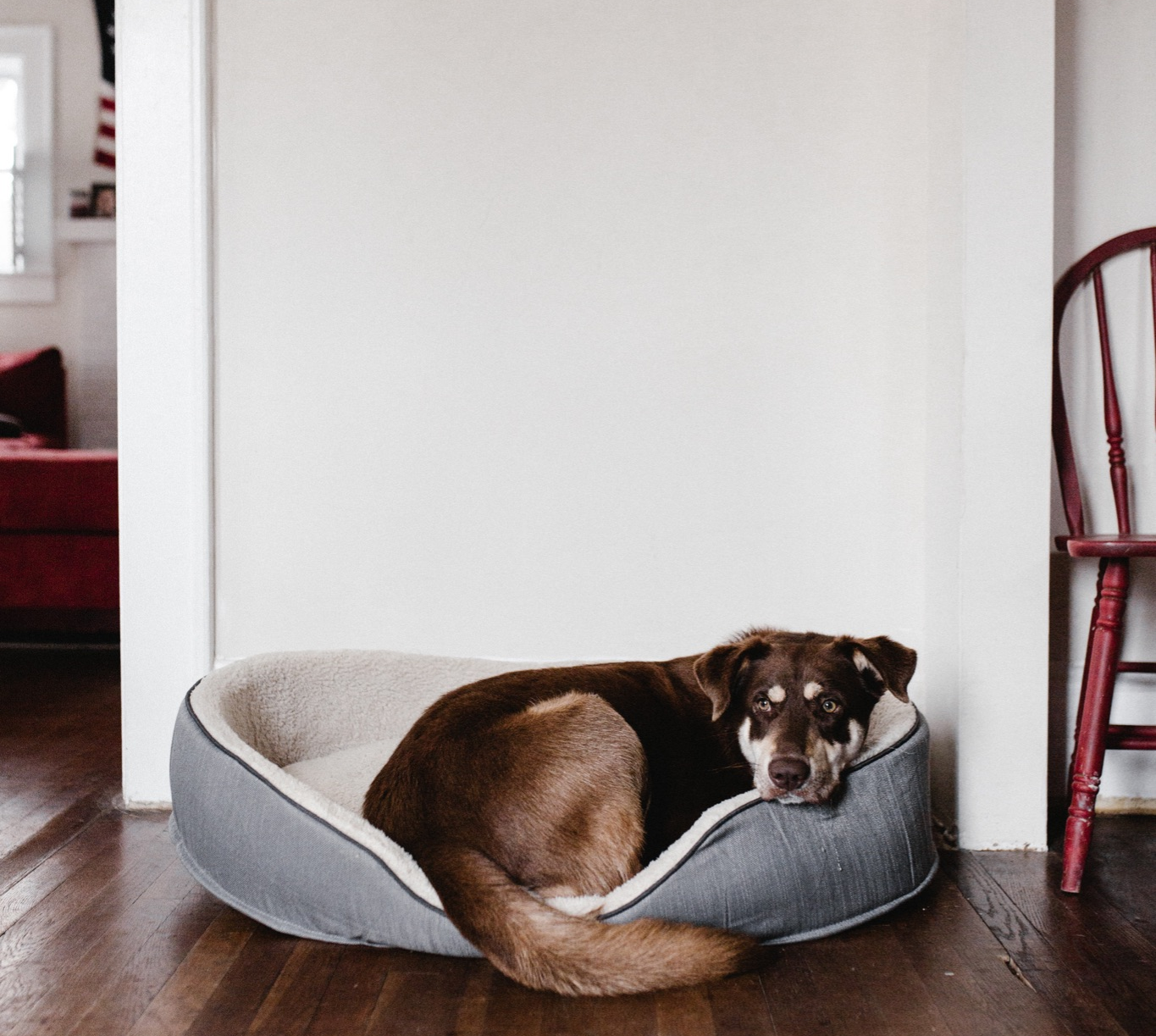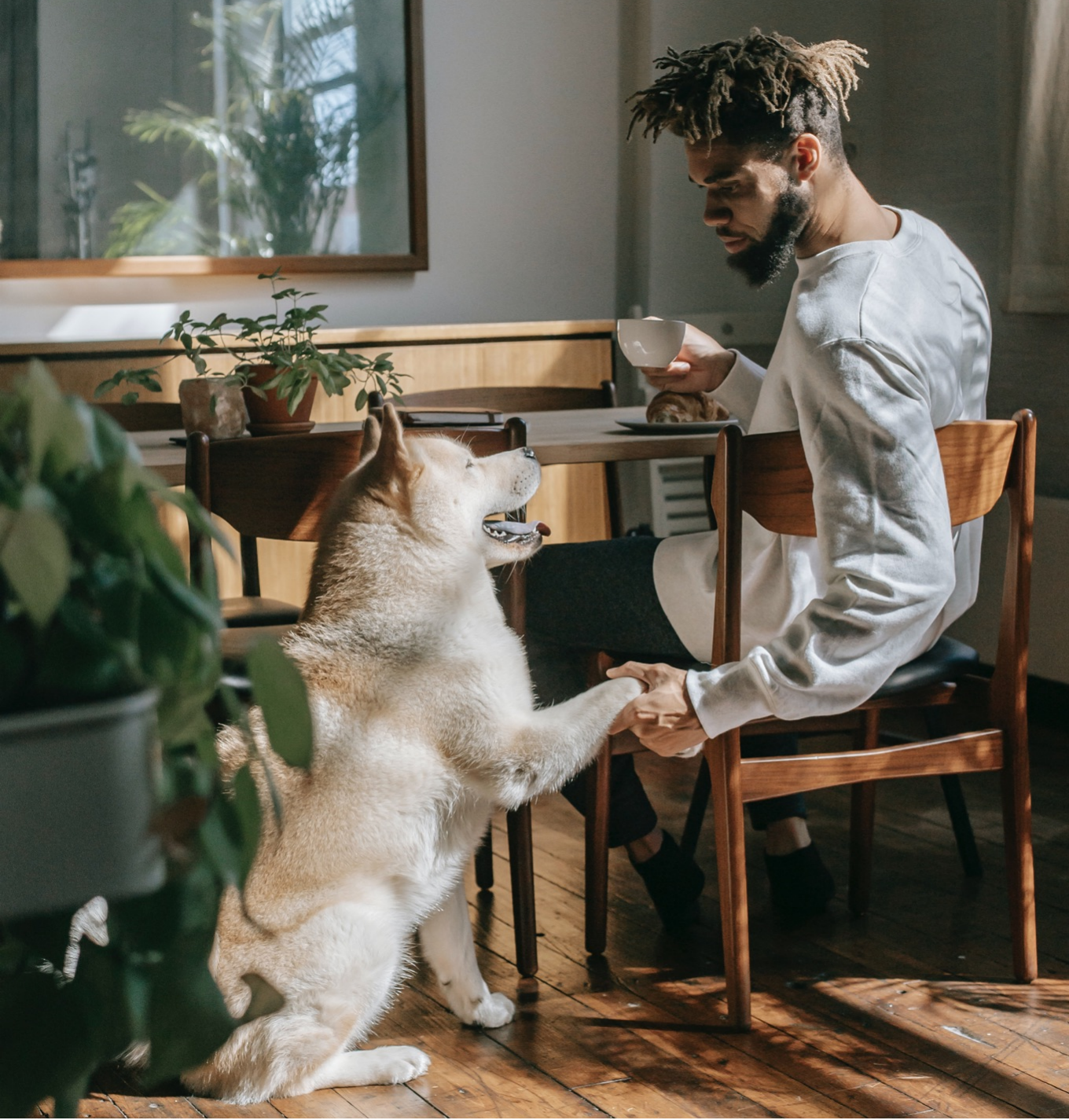
With restrictions easing across Australia, many of us will gradually return to normality, leaving many pooches and felines at home alone. Once something completely normal, our pets are now accustomed to being by our side day in and day out. As you can imagine, this sudden change in routine can be a shock and trigger an anxiety condition known as separation anxiety.
Are you returning to work soon or picking up a new puppy or kitten? Luckily, you and the family can take some steps to prevent your pet from developing anxious behaviour once left at home. All pets can benefit from these tips, no matter their age. But if your pet is just a couple of months old, this is the optimal learning stage, so it’s even more critical you install these behaviours to set them up for success.
What is Separation Anxiety?
First recorded in text in 1968, separation anxiety is defined as a condition that appears as abnormal behaviour in dogs. Pets with separation anxiety will experience panic when they are left alone, even for five minutes. Barking, destruction to the home, indoor accidents and self-harm are all symptoms of separation anxiety to be aware of. Pulling a Houdini escape trick isn’t uncommon, with pets sadly experiencing self-injury amid their escape attempts.
However, there are also silent symptoms such as refusing to eat or drink when family members are away or constant pacing around the home. While dogs can present with these behaviours and not have separation anxiety, it is usually the combination of multiple of these symptoms that is a telltale sign they are struggling. As creatures of habit, dogs prefer consistency, a lot like us. So any moment they experience abrupt changes, there is a potential for stress to occur and trigger the condition.

How Does Separation Anxiety Happen?
Separation anxiety is thought to be caused by the change of roles dogs have in our lives in the 21st century. A reason separation anxiety is believed to be on the rise could be that we are more aware of it. But it’s likely our pets’ change of role and our working arrangement since COVID has also contributed. Whilst there is no one conclusive reason for how our pets develop separation anxiety, there are a couple of identified triggers.
Change in Household Role
Dogs, in particular, were bred as working dogs, meaning their purpose was to protect, herd or hunt. Now, most dogs are bred for companionship and can be found at our side whenever we are home. As a natural pack animal, this is normal behaviour for dogs. Still, it can promote codependency when your pet gets a little too comfortable and reliant on you to feel secure.
Change in Routine
As the COVID situation continues to improve, people are returning to the office for extended hours, leaving our pets to face a sudden change in routine. With abrupt changes, signs of separation anxiety can begin to appear, particularly in houses where owners used to stay home and have now returned to work.
A typical scenario is families who adopted pets over the COVID-19 lockdowns and have returned to work and school. During the lockdowns, pets began to follow you around like a shadow, getting used to your presence always being there. As families have returned to normality, suddenly, pets are left alone for hours. If you plan to have a pet, keep in mind if you’re currently working from home and will eventually return to work, this could affect your pet.

What Pets Experience Separation Anxiety?
There may be a misconception that separation anxiety only exists in dogs. Although dogs exhibit the condition more than cats, cats can too (albeit less frequently). One 2019 study investigating cats living with humans revealed cats have a similar attachment style to their caregiver as dogs and children. It is believed 64% of cats evaluated in the study were securely attached to their owners, showing less stress when near their caregivers. In comparison, pet behaviourist specialists estimate 20-40% of dogs are affected by separation worldwide.
What Can I Do If My Pet Has Separation Anxiety?
Whilst there’s no magic potion to solve your pets separation anxiety overnight, there are things you can do to prevent and prepare your dog for a seamless return to a pre-COVID schedule.
The secret to preventing separation anxiety is to encourage independence and get your dog comfortable with being alone. Once they learn that being alone is only temporary and not a threat to them, they will live happily by themselves while the household is out at work or school.
The best time to introduce independence is when the pet is young, as new skills are more easily learnt during this critical learning period. However, this isn’t always possible. As long as you establish a routine with your pet, allowing them space, practising alone time and praising them for behaving calmly, you can help set your pet up for success when you return to work. If your pet is older, establishing a routine that closely resembles the one they had before lockdown is the best thing to do.
We also suggest starting slow. Solving separation anxiety isn’t a race and requires time and patience. Leaving your dog home alone for three days a week may be too much for them to begin with. If you notice signs of panic attacks, either through the physical symptoms we mentioned (or through home security footage), we suggest making more minor changes first.
Having a pet with separation anxiety is upsetting for everyone in the family. No one wants their pet to be in panic whilst they are at home unsupervised, let alone be put in harm’s way. If you believe your pet may have separation anxiety, you can implement these tips. If you notice even after these adjustments, your pet is still stressed, consider reaching out for professional help. Hiring a dog walker or pet sitter to check in on your pet throughout the transition periodically helps soften the adjustment process. All in all, try not to beat yourself up about your pet’s distress. It isn’t your fault, and taking steps to help your pet is all a part of being a responsible and caring pet owner.
In Loving Memory
Limiting your pet’s stress is just one aspect of providing your pet with the best life possible. All your pets ‘ life elements are essential to consider from the day they are born to ensuring they become comfortable whilst alone and aftercare. Pets in Peace is an established pet aftercare specialist passionate about helping pet owners provide a loving and memorable goodbye to their pets.
To learn more about our aftercare options, call Pets in Peace on 1800 100 909, or fill in an online contact form. Are you interested in keeping up on all things pet related? Our blog is the hub to go to, where we regularly upload trending topics and behavioural advice. If you’re yet to bring a pup or kitten home but landed here trying to prepare yourself, we have an article on how to choose your perfect companion!
